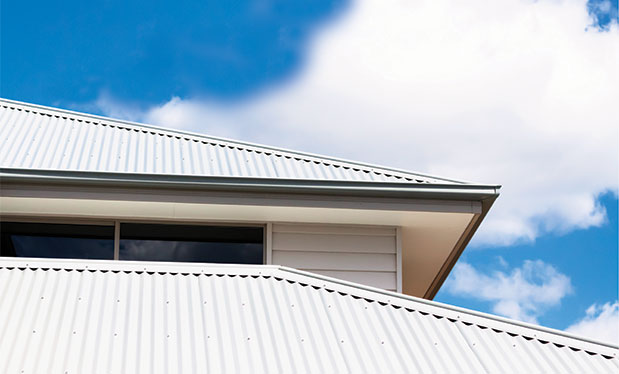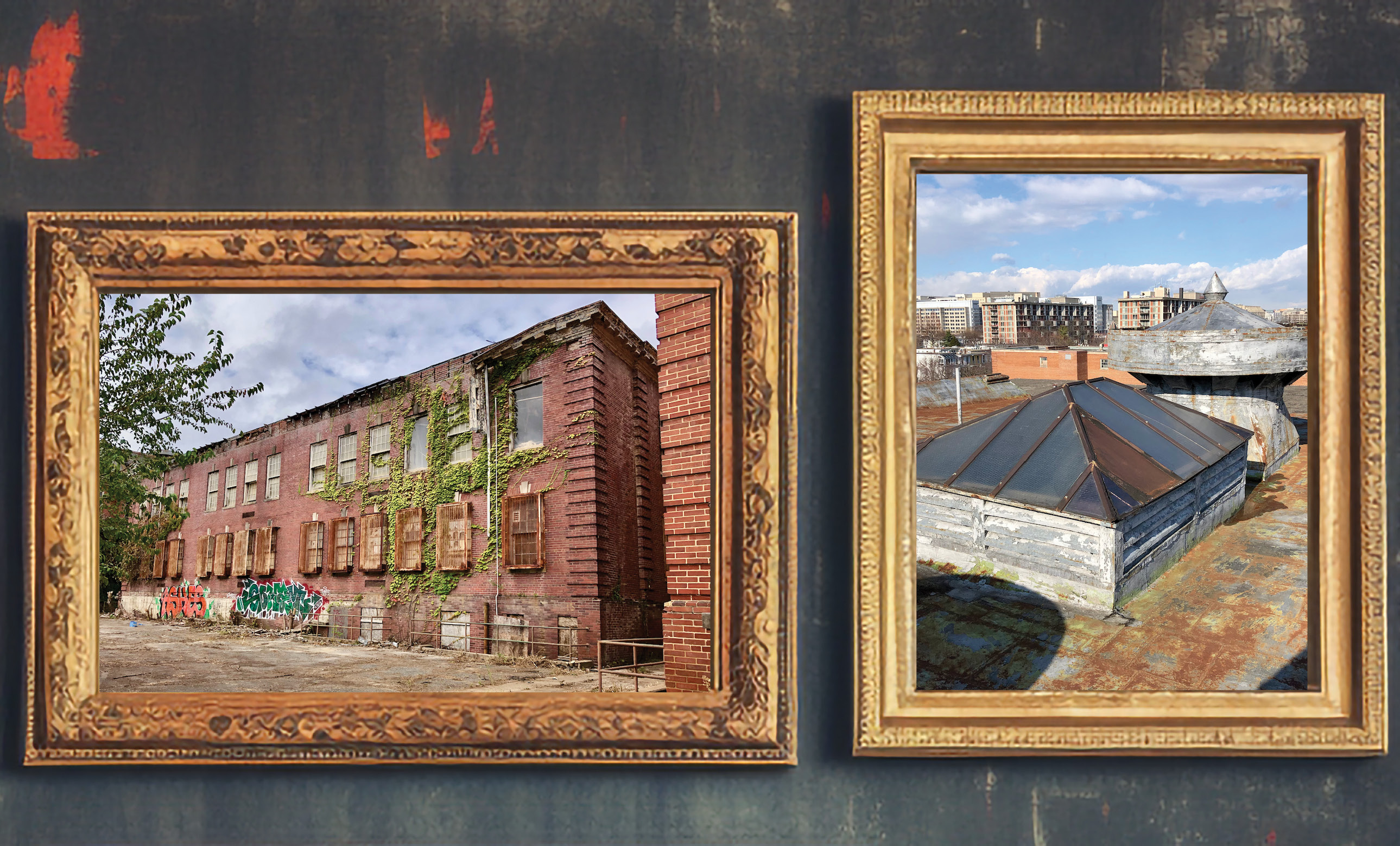
The U.S. and Canadian metal roofing markets remain strong, driven by increased consumer awareness and building trends focused on a changing climate and the need for better performing, more resilient solutions.
The Metal Roofing Alliance’s latest research forecasts metal roofing will reach more than 4.8 billion square feet in 2028 based on historical and forecast shipment square footage numbers. Research also points to a 19% increase in growth for residential metal roofing from 2024 to 2028. For residential metal roofing, reroofing/roof system replacement will continue to drive a majority of the market.
MRA’s research shows metal roofing is continuing to chip away at asphalt roofing’s historical market share domination. U.S. and Canadian homeowners are beginning to understand quality metal roof systems can deliver improved performance, reliability and resiliency. Metal roofing has become the second most popular residential roofing option, and the residential metal roofing market now represents 84% of the total amount of metal roof square footage being sold in the U.S.
MRA members (who represent leading metal roofing manufacturers and installers) were asked what trends they see in the residential metal roofing industry, and they noted four issues that will fuel the segment’s continued growth.
1. The importance of quality
Although residential metal roofing’s popularity is growing, this increased interest comes with caution. More important than ever, how best to define, uphold and maintain quality standards is perhaps the metal roofing industry’s most serious issue and one that can help take it to the next level or stall its growth.
At MRA, quality is a priority. MRA members commit to installing quality residential metal roof systems by supporting and promoting the industry’s rigorous standards, which are based on verifiable testing protocols, well-documented specifications and third-party research.
The culmination of these industry standards, testing and research are documented in the Metal Construction Association’s Roofing Specifications. MCA has recommended ANSI/MCA FTS-1-2019, “Test Method for Wind Load Resistance of Flashings Used with Metal Roof Systems,” be used to evaluate wind load resistances of flashings to be installed at perimeters and roof plan transitions of metal roof systems. This test method is intended to determine the capacity of flashings to withstand anticipated wind loads, which is especially essential for performance in regions prone to severe storms and hurricane-force winds.
Adhering to standards helps the metal roofing industry deliver the promise of quality. Details, such as selecting the correct metal substrate, gauge and coatings, are key to roof system reliability and longevity. From the underlayment selected to the components and accessories used to deliver performance expectations and warranties, MRA works with other trade organizations to educate installers and consumers so they understand what it takes to ensure a metal roofing job is installed correctly.
This can be a challenge because the installation process for a quality metal roof system is more specialized and requires a higher skill set than installing conventional shingles.
After all, you can choose the best material in the world, but if it is installed improperly, it’s all for naught.
2. Recruit to meet demand
The demand for quality metal roofing is high and expected to continue growing. However, the shortage of contractors and installers is hindering growth in many areas.
This opportunity is an attractive one for roofing contractors because profit margins for metal roof system installations are, on average, higher than most other roofing options. Couple that with increased severe weather events, the desire for more sustainable roofing options and the long-term value metal roofing offers, and you’ve got a hot market with no end in sight.
Contractors who are looking to get started in the field should reach out to reputable metal roofing manufacturers to learn proper installation techniques and gain knowledge for how to enter the field. Many manufacturers offer free seminars and classes. Information and training also are available through organizations such as MCA. Additionally, NRCA offers an NRCA PROCertification® designation that will certify a roofing worker’s installation skills.
3. Effects of a changing climate
MRA research demonstrates weather-related factors also are driving the interest in quality metal roof systems. When comparing the increase of climate-related disasters to the increase in homeowners choosing metal roof systems, MRA research indicates the demand for metal roofing has risen with the increase of climate-related disasters from 2015 to 2022.
Metal roof systems have proved to be among the best options for regions that face hurricanes, high winds, hail and severe storm damage, heavy snow and ice and can earn a Class A fire classification (the highest rating possible for roof assemblies). For homeowners in wildfire-, tornado- and hurricane-prone areas who have lived through devastating climate disasters, it makes sense to choose stronger, longer-lasting, more durable materials designed to better withstand extreme climatic events.
Forward-thinking contractors recognize resilient building practices aren’t just a nice theory, and they are adjusting their offerings to address this major need ahead of the possibilities of more stringent building codes and insurance requirements.
Helping drive that change is a shift in business ownership transitioning to Generation Z and millennials. With increasing awareness and knowledge of building practices that address the challenges of a changing climate and focus on improved sustainability, MRA predicts this evolution will positively affect the residential metal roofing industry. New generations of contractors will help drive new thinking and methods that break from traditional residential roofing and lead the way to help homeowners find better solutions.
4. Growth of PV
Solar is a significant trend contractors will need to monitor. Metal roofs are rated one of the best roofing materials for solar compatibility, and with the growth in residential solar systems, there is a huge opportunity for roofing contractors. In fact, rooftop solar installations jumped 33% in 2021 alone, according to newswire Stacker, driven by surging energy costs and unpredictable prices at the pump.
Why is this an opportunity for roofing contractors? Most solar system installers don’t provide roofing services, and because photovoltaic panels typically are not installed on old or damaged roofs, reroofing is a frequent need for homeowners seeking a solar solution. This provides an opportunity for roofing contractors to expand their services to provide roof system inspections, PV panel mounting and reroofing services.
It is worth noting PV panels can last up to 25 years. Given that an asphalt shingle roof system may need to be replaced as frequently as every 12 years, a solar system could outlast an asphalt shingle roof. And when that asphalt shingle roof needs to be replaced, so does the entire system. That’s an expensive, frustrating, time-consuming process for homeowners. Conversely, a quality metal roof system can last for more than 50 years, outlasting even the best PV panels.
In addition, metal roof systems are among the lightest of roof systems at just 1.4 to 1.6 pounds per square foot, which may make additional structural support for heavy PV panels unnecessary. On the other hand, asphalt shingle roof systems can be extremely heavy, often requiring structural support for PV panels, as well as penetrations and drilling into roofing materials, which could increase the likelihood of leaks, damage and premature roof system failure.
Quality metal roofing brackets and clamps make it easy to mount solar systems. There also is a wide variety of innovative solar mounting products that are easy to install on either batten or direct-to-deck profiles. The mounts don’t require any special materials, tools or hardware, so roofing workers will find them easy and convenient to use.
Metal roofing solar mounting systems don’t require any penetrations into the roofing material itself and eliminate the need for self-ballasted systems. This keeps roofs weathertight and helps eliminate potential leaks or damage that may ultimately compromise a roof’s integrity. It also helps ensure warranties remain in place.
Seek support
Beyond some of the emerging business opportunities for residential metal roofing, contractors should lean on professional organizations such as MRA to help drive awareness in their local markets and lend third-party validation to strengthen their reputations.
MRA offers support for contractors by connecting them with homeowners and serving as the leading source of credible resources and information about metal roof system benefits. MRA offers a Residential Metal Roofing Buyer’s Guide and how-to videos that help potential customers navigate and understand the benefits of metal roofing and what to expect when it comes to the installation process.
To ensure future opportunities and solidify metal roofing’s many competitive advantages, the industry must work together. It may take some time and effort, but as the industry’s rapid growth and success rate have demonstrated, the end results will be worth it.
RENEE RAMEY is the Metal Roofing Alliance’s executive director.


